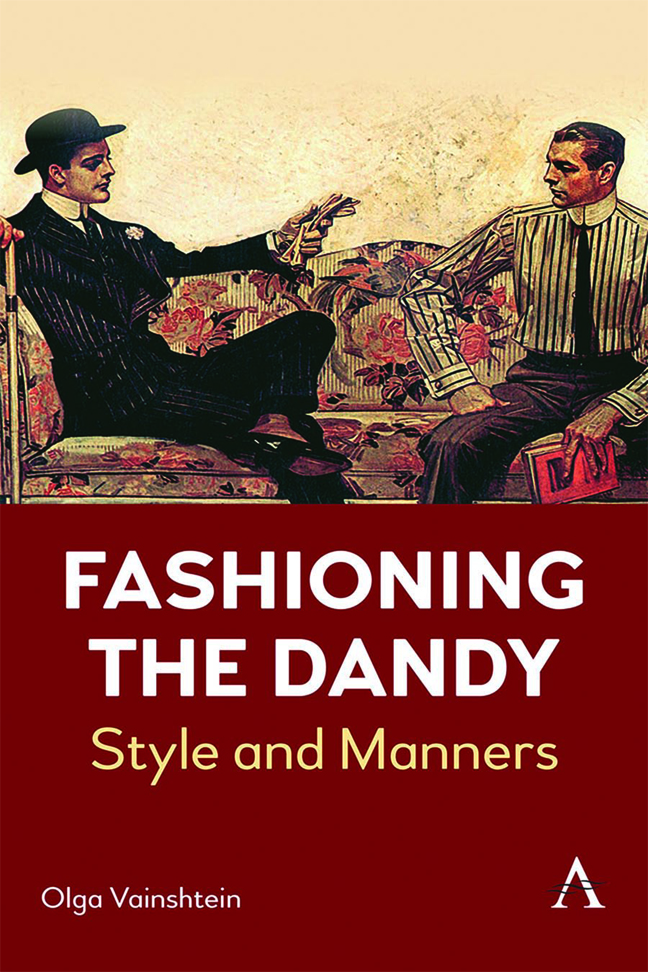Book contents
Three - Charisma and Chameleonism
Published online by Cambridge University Press: 29 February 2024
Summary
Chameleonism
Dandyism is frequently manifested in the art of completely transforming external appearances, that is, the various means by which individuals change their personal style and ultimately their way of life. It is the art of the makeover in all its possible variations, the ability to change masks, poses and decors, to behave according to a given situation and desired scenario.
Thus, the late nineteenth-century aesthete and dandy Count Robert de Montesquiou- Fezensac (1855–1921) liked to arrange lavish masquerade balls at which the women could dress as Marie Antoinette's ‘shepherdesses’ and the host arrayed himself variously as Louis XIV, Louis of Bavaria, or Plato. Invitations were sent out on vellum paper, and the count personally saw to all the details of the menu, the house and garden decorations, the entertainment program, and the fireworks. Montesquiou’s adeptness at making striking changes in appearance is also evident in photographs, where he appears now as the Sun King, now as an oriental sheikh, now as an automobile driver in a leather jacket. These were genuine metamorphoses, journeys in time and space through skillful reincarnations. The ideology of the dandy make-over is based on a very essential principle of nineteenth-century dandyism, namely complete ‘chameleonism’. The chameleonic dandy transforms his life into a self-fashioning workshop, designing not only his outer appearance and roles, but also his scenarios, situations, and material surroundings. The dandy's chameleonic transformations are implemented through the principle of artificiality that is so characteristic of European decadence. For the aesthete, the artificial is always preferable to the natural – recall Oscar Wilde's aphorism:
The first duty in life is to be as artificial as possible. What the second duty is no one has yet found out.
Following this logic, the writers and dandies Théophile Gautier, Baudelaire, and later Sir Max Beerbohm wrote essays in praise of cosmetics. Cosmetics and outer looks function as a removable guise, a convenient mask, an occasion for an elegant theatricalized game. The experienced dandy uses the makeover to manipulate opinion, while laughing deep down at the gullible ‘interpreters’ of his appearance.
The notion of chameleonism in nineteenth-century culture is connected with Romantic irony. The insightful philosopher Friedrich Schlegel regarded Romantic irony as the highest manifestation of human freedom.
- Type
- Chapter
- Information
- Fashioning the DandyStyle and Manners, pp. 47 - 64Publisher: Anthem PressPrint publication year: 2023



